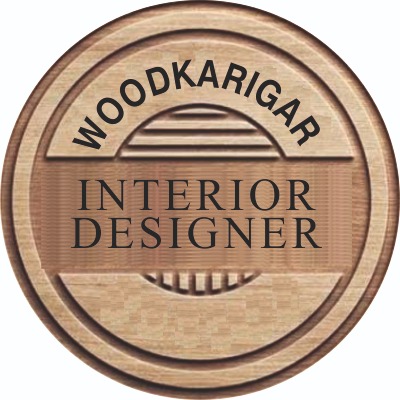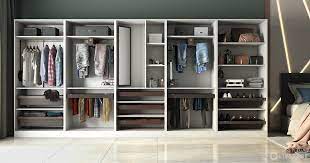A well-designed wardrobe seamlessly combines functionality and aesthetics. It maximizes storage while enhancing the room’s ambiance. Customizable compartments, shelves, and drawers optimize space utilization. High-quality materials and finishes ensure durability and style. Sliding or hinged doors offer flexibility and accessibility. Integrated lighting illuminates contents effectively. Thoughtful organization facilitates easy retrieval of clothing and accessories. Aesthetic elements like handles, knobs, and color schemes harmonize with the room’s decor. Ventilation features maintain the freshness of stored items. Mirrored panels or reflective surfaces add depth and visual appeal. Ultimately, a meticulously planned wardrobe complements the room’s layout, enhancing both practicality and visual allure.
Designing a wardrobe requires thoughtful planning to maximize functionality and aesthetics. Start by determining your storage needs, considering clothing types, accessories, and space constraints. Choose materials and finishes that complement your room’s decor. Incorporate hanging rods, shelves, drawers, and shoe racks to optimize organization. Utilize sliding or hinged doors based on available space and style preferences. Mirrored doors can add both utility and visual appeal. Ensure proper lighting to make finding items easier. Customization is key, so tailor your wardrobe to suit your unique requirements and personal style. Lastly, maintain a clutter-free wardrobe by periodically decluttering and organizing.


A wardrobe is a piece of furniture used for storing clothes and accessories, typically consisting of hanging space, shelves, and drawers.






Leave a Reply